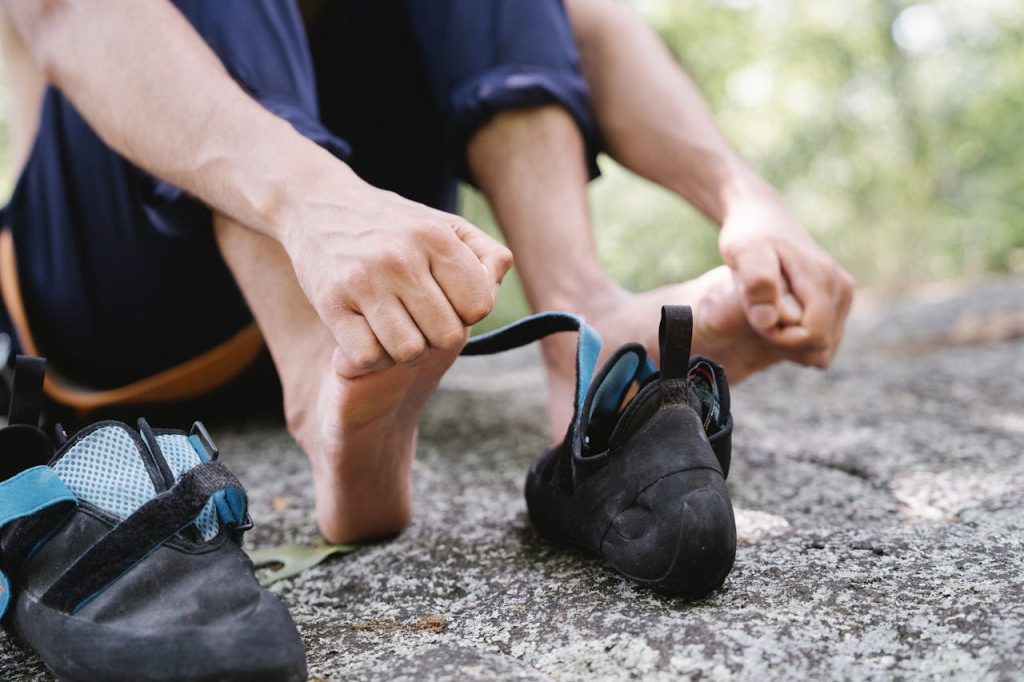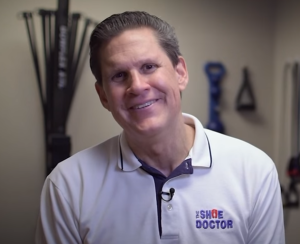Do you experience pain in your feet or heels? Are you looking for a non-invasive treatment to help alleviate that pain? If so, you may be interested in learning more about platelet-rich plasma (PRP) therapy. PRP is a relatively new treatment option that is effective in reducing foot and heel pain. In this article, we will answer some common questions that many people have about Platelet-Rich Plasma for foot and heel pain.
Frequently Asked Questions About Platelet-Rich Therapy (PRP) For Foot And Heel Pain
Platelet-rich therapy, also known as PRP, is a treatment that uses the patient’s blood to help promote healing. This therapy has been used for years to help treat a variety of injuries and conditions. Recently, PRP has started to be used to treat foot and heel pain. If you are considering this treatment, you may have some questions about it.
Here are answers to some of the most common questions about platelet-rich therapy for foot and heel pain:
How long does it take for PRP therapy treatment to work?
It typically takes a few weeks for PRP therapy to work. The reason is, the growth factors in PRP take time to stimulate healing. It’s also important to note that there is usually no downtime associated with this treatment. You may be able to return to your normal activities immediately following the procedure.
Do I have to worry about blood products being used?
Platelet-rich plasma is derived from your blood and thus, there is no risk of contracting any infectious diseases. In addition, because PRP therapy uses a concentrated sample of your blood cells, there is also no risk of an allergic reaction or rejection.
How do I know if this is right for me?
If you’re considering PRP therapy for your foot or heel pain, the first step is to consult with a board-certified orthopedic surgeon who specializes in this treatment. They will be able to determine if you are a candidate for the procedure and create a personalized treatment plan. Your doctor will likely recommend PRP therapy if you are suffering from chronic heel pain that has not responded to other treatments such as rest, ice, physical therapy, or corticosteroid injections. If you have an injury that is not healing properly or is at risk of developing an Achilles tendon rupture, your doctor may also suggest PRP therapy.
How much time will the healing process require?
This is a difficult question to answer because it largely depends on the individual. Some people report feeling better after just one treatment, while others may need a series of treatments spaced out over several weeks or months. The good news is that PRP therapy is non-invasive and has very few side effects, so you can be sure you’re doing everything possible to improve your condition.
Does receiving platelet-rich plasma therapy hurt?
Patients often tell that they are nervous about getting injections. It is natural to be apprehensive about something that involves needles. However, your providers take great care to ensure that the injection process is as comfortable as possible. They use a very thin needle and most patients report only minimal discomfort during the procedure. Additionally, the platelet-rich plasma itself contains pain-relieving properties, so many patients feel relief immediately after receiving the injection. If you have any concerns or questions about the injection process, please don’t hesitate to ask your provider.
What stops someone from getting PRP?
There are a few things that could make someone ineligible for PRP therapy. These include active infections, uncontrolled diabetes, bleeding disorders, pregnant or breastfeeding women, and the use of blood thinners (like Coumadin) or nonsteroidal anti-inflammatory drugs (NSAIDs) within two weeks of treatment. The decision to move forward with PRP therapy is one best made between you and your healthcare provider. If you’re considering this treatment, be sure to ask lots of questions and do your research so that you can make the best decision for your individual needs.
Is PRP therapy for foot and heel pain covered by insurance?
It depends on your insurance carrier and plan. You’ll need to check with them to find out for sure. Some patients have had success getting insurance to cover PRP therapy, while others have not. If your insurance does not cover PRP therapy, don’t despair. The treatment is still relatively affordable, especially when you compare it to other options like surgery or long-term use of pain medication.
Platelet-rich plasma therapy is growing in popularity as a treatment for foot and heel pain. If you’re curious about this treatment or want to know if it’s right for you, we can help. Our team of experts has the knowledge and experience necessary to answer all your questions and help you make an informed decision about whether PRP therapy is right for you. Call us today to get started.
Platelet-Rich Plasma (PRP) Therapy Plus Custom Orthotics Can Help Alleviate Foot and Heel Pain
Foot pain can have a debilitating effect on your lifestyle; chronic pain can render you unable to walk, run, hike, or enjoy an active lifestyle. Platelet-Rich Plasma (PRP) Therapy in conjunction with custom orthotic inserts is an incredibly effective therapy for getting patients back up on their feet and enjoying life. The Shoe Doctor has specialized in providing custom orthotics for 20 years. The right orthotic insoles can greatly reduce foot, knee, and hip pain while increasing performance and comfort. Russell at The Shoe Doctor will help educate and assist you in finding the perfect solution for your particular situation. We will create a 3D map of your feet and make custom orthotics for your hiking boots, everyday shoes, and everything else in between. These orthotics, along with expert help from our partners at the Spine & Injury Medical Center in San Jose, California, will have you performing at the peak of your abilities in no time! If you are in the South San Francisco Bay Area, give The Shoe Doctor a call to get started! We are here to assist you, schedule your free consultation here!
Disclaimer:
The materials available on this website are for informational and entertainment purposes only and not to provide medical advice. You should contact your doctor to obtain advice concerning any particular issue or problem. You should not act or refrain from acting based on any content included in this site without seeking medical or other professional advice. The information presented on this website may not reflect the most current medical developments. No action should be taken in reliance on the information contained on this website and we disclaim all liability for actions taken or not taken based on any or all of the contents of this site to the fullest extent permitted by law.


